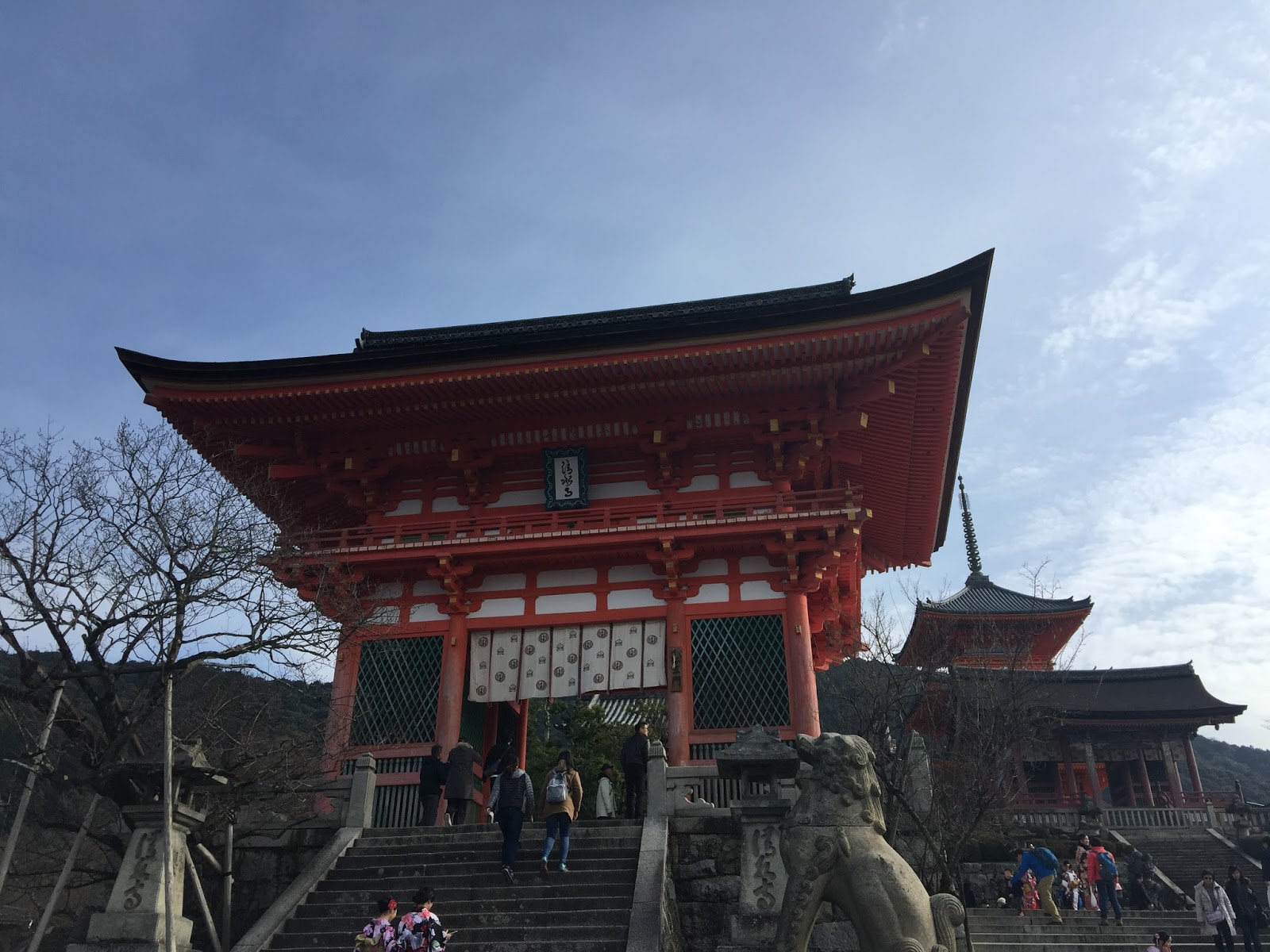The Must-See Places in Kyoto, Japan.
11:36:00 PMKyoto is one of the most visited city in Japan as its full of historical buildings and beautiful nature scenery. Kyoto served as Japan's capital and the emperor's residence from 794 until 1868, and it is now the country's 7th largest city with a population of 1.4 million people.
I did not know that Kyoto was so huge until the time I finally get to go to Kyoto and trying to understand the map, the city has got too many places to see that even a 4D3N trip wasn't enough to really explore this beautiful city.
If you're planning a trip to Kyoto, be sure to learn about the map of this city as it would be a waste of time if you didn't already have a plan. Basically, Kyoto is separated into 5 parts, Central Kyoto, Eastern Kyoto, Southern Kyoto, Northern Kyoto and Western Kyoto.
Now you see why I said you need a plan before heading to Kyoto? You might have a few places that you wanted to visit, but they might be located in different part of Kyoto, hence you will need to know before wasting your time on travelling from one place to another.
Central Kyoto -
Central Kyoto is where travellers usually stay in, there are many hotel or hostel available around the central area especially when it's closed to Kyoto Station. There are also a few interesting places to visit around the central.

Kyoto Tower - located right in front of Kyoto Station, is the landmark and tallest building in the city of Kyoto that features Observation Deck located 100 meters above the ground, commanding a panoramic view of the city.
Nijo Castle - built in 1603 as the Kyoto residence of Tokugawa Ieyasu, the first shogun of the Edo Period (1603-1867). Nijo Castle can be divided into three areas: the Honmaru (main circle of defense), the Ninomaru (secondary circle of defense) and some gardens that encircle the Honmaru and Ninomaru. The entire castle grounds and the Honmaru are surrounded by stone walls and moats.
Nishiki Market - with the narrow five block long shopping street lined by more than one hundred shops and restaurants, it is known as "Kyoto's Kitchen". You may find all things related to food here, like fresh seafood, produce, knives and cookware, and is a great place to find seasonal foods and Kyoto specialties, such as Japanese sweets, pickles, dried seafood and sushi.
Eastern Kyoto -
Kiyomizudera - literally means "Pure Water Temple", is one of the most celebrated temples of Japan that was founded in 780 on the site of Otowa Waterfall in the wooded hills east of Kyoto.
Higashiyama District - one of the city's best preserved historic district, definitely a great place to experience traditional old Kyoto, especially between Kiyomizudera and Yasaka Shrine, where the narrow lanes, wooden buildings and traditional merchant shops invoke a feeling of the old capital city.
Southern Kyoto -
Fushimi Inari Shrine - famous for its thousands of vermilion torii gates, which straddle a network of trails behind its main buildings. The trails lead into the wooded forest of the sacred Mount Inari, which stands at 233 meters and belongs to the shrine grounds.
Northern Kyoto -
Kinkakuji - the Golden Pavilion, is a Zen temple in northern Kyoto whose top two floors are completely covered in gold leaf. Formally known as Rokuonji, the temple was the retirement villa of the shogun Ashikaga Yoshimitsu, and according to his will it became a Zen temple of the Rinzai sect after his death in 1408.
Western Kyoto -
Arashiyama - is a pleasant, touristy district in the western outskirts of Kyoto. The area has been a popular destination since the Heian Period (794-1185), when nobles would enjoy its natural setting. Arashiyama is particularly popular during the cherry blossom and fall color seasons.
The Togetsukyo Bridge is Arashiyama's well known, central landmark. Many small shops, restaurants and other attractions are found nearby, including Tenryuji Temple, Arashiyama's famous bamboo groves and pleasure boats that are available for rent on the river.




























0 comments